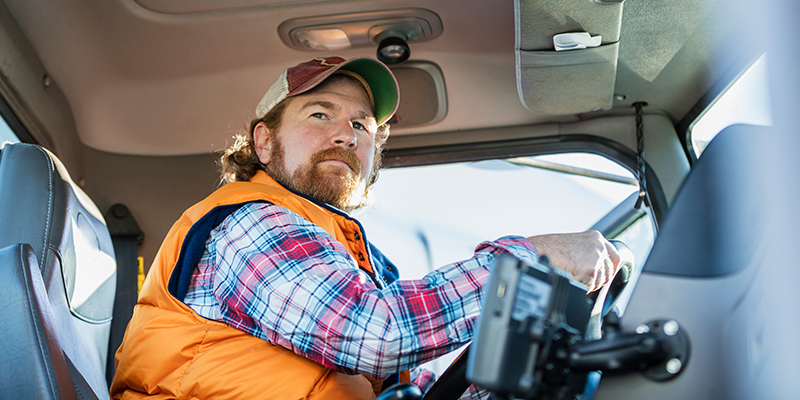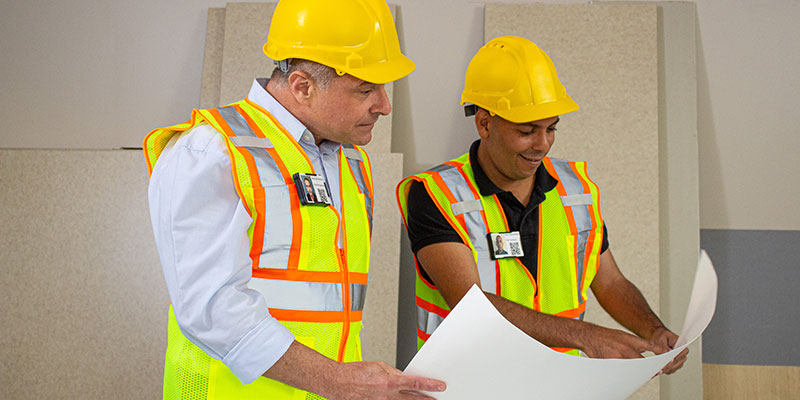Choosing a Priority Cellular Network: 5 Key Factors to Consider
For first responders working in the field, losing communication can lead to greater danger and possibly the loss of life. Whether you’re coordinating an emergency response, communicating with dispatch or ensuring team safety, having the right network isn’t just important – it’s vital.
The challenge, however, is that many departments and agencies don’t realize that they have options when choosing a priority services communications provider to keep them and their constituents safe.

If you’re evaluating a cellular network’s priority services for first responders, consider these five key factors:
1. Coverage: The Ability to Go Where the Call Takes You
Emergencies don’t wait for you to be in an ideal location. Operating in unpredictable environments is something most first responders are used to. From urban settings to remote, rural areas, a priority network should keep you connected no matter where an incident occurs.
It’s also not just about having coverage; it’s about having the right kind of coverage. The reality is that each major carrier has some unique component in how they build out and run their priority services. Don’t be fooled into thinking that there’s only one option.
2. Reliability: Because Every Second Counts
Whether it’s a wildfire, an active shooter or a major public event, first responders handle high-pressure situations and need a reliable network to ensure calls and texts go through.
Reliability often depends on the setup behind the network. Ask tough questions:
How does the network handle large, high-traffic events?
Is it designed to hold up during natural disasters or emergencies?
3. Speed: Responding in Real Time
No matter the situation, every second counts when you’re out in the field. Think about day-to-day traffic stops. There’s typically some angst on both sides. After approaching the vehicle, the officer then has to walk back to their vehicle to run the driver’s information and license plate – all while maintaining scene safety. The longer it takes to get the appropriate information, the higher the level of anxiety and the more dangerous the situation becomes.
The faster your network, the faster you can respond – and sometimes that speed can be the difference between resolving a situation and escalating it. Look for a network with sufficient bandwidth to handle the demands of today’s public safety technologies.
4. Carrier Support: A Partner You Can Count On
A priority network is only as good as the support behind it. When problems arise, you need a partner who understands the urgency of public safety operations and can deliver solutions fast.
Dedicated customer support can make all the difference for first responders. Whether it’s provisioning new devices or troubleshooting issues, the right carrier will give your needs the heightened level of attention they deserve. At the end of the day, support should feel like an extension of your team, not just another call center.
5. Redundancy: It Pays to Have a Backup Plan
Let’s be honest – no carrier has a perfect network and there’s no such thing as 100% coverage. It’s entirely possible that your carrier can have an outage that leaves you without communications. So, you need to have a backup plan, such as failover, that will automatically deploy when it registers a loss of signal, so you never lose communication.
First responders also count on Wireless Priority Services (WPS), which is separate from a carrier’s everyday service and requires additional action by the user. This is a voluntary but impactful program that your carrier should be talking to you about upfront to ensure you have communications in any situation.
Choosing a priority cellular network is more than a technical decision—it’s about investing in the safety, efficiency and readiness of your team. By focusing on these five key factors, departments and agencies can ensure they’re making the best choice for their teams and the communities they serve.
WHY UScellular®
UScellular provides voice and data priority for wireless devices to qualifying organizations at no additional cost. In addition, and unlike other carriers, we own our towers, so our layers of support have more hands-on technical expertise to be able to provide quick help if you need it.
We recommend securing primary coverage from the carrier that best covers your operating area and then establish backup coverage with a carrier that fills in the gaps or provides some measure of overlap in case of system issues. UScellular can support you as either a Primary or Backup carrier on phones, MDTs, body cams and many other connected devices.
Learn more about Priority Services from UScellular.





